Gmail vs. Apple Mail: Which Should You Use? [2025]
In 2025, email remains a crucial medium for communication in personal life, education, and business. Choosing the right email app is essential, and the top contenders, Gmail and Apple Mail, serve distinct purposes. Gmail, a cloud-based service, integrates seamlessly with Google’s suite, including Calendar and Drive, while Apple Mail is tailored for Apple device users, offering seamless integration with Macs and iPhones.
This guide explores the security, features, and design of both applications, catering to professionals, casual users, and students. Whether you need fast access, intelligent features, or strong Apple integration, discover which app fits your 2025 lifestyle. Ready to decide which email app suits your needs? Let’s dive in.
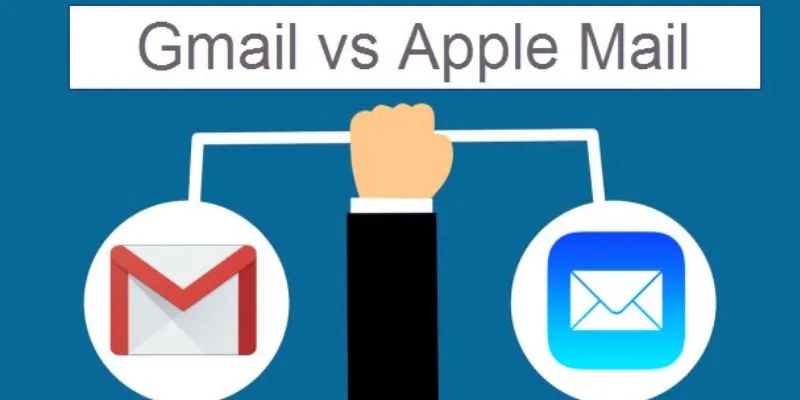
Gmail vs. Apple Mail in 2025: Which One Deserves a Spot in Your Inbox?
Let’s explore the standout features, benefits, and challenges of Gmail and Apple Mail to help you make an informed decision.
Ease of Use and Interface
Gmail boasts an attractive, modern design that’s user-friendly and intuitive. Features like labels, stars, and tabs aid in organizing emails swiftly. Smart tools such as Smart Compose and Smart Reply enhance writing efficiency. Multiple layout options allow for personalized email display. In contrast, Apple Mail offers a straightforward and classic interface, ideal for Apple users. While it lacks Smart Compose, it provides basic text guidance. Its simple, understated appearance is consistent across all Apple devices.
Device Compatibility
Gmail is accessible on Windows, macOS, Android, and iOS, and can be used from any web browser without a specific device requirement. Sync your mailbox using your Google account, ensuring your emails are available on your phone or laptop. Apple Mail, however, is exclusive to Apple products like Macs, iPads, and iPhones, with no Android app or web version. It comes pre-installed on Apple devices, offering seamless functionality. While ideal for Apple enthusiasts, it is limited for others.
Storage and Attachments
Gmail offers 15GB of free storage shared with Google Photos and Google Drive, facilitating easy sharing of large files. For more space, Google One is available. Attachments don’t significantly impact performance due to ample storage. Apple Mail uses iCloud, providing just 5GB for free. Emails and backups can quickly exhaust this space, though Mail Drop allows sending files up to 5GB. Additional iCloud storage is necessary for frequent large attachments.
Search and Organization
Gmail features robust search capabilities, allowing quick location of emails by sender, date, subject, or label. Smart filters highlight important messages and automatically sort emails, learning your habits and offering helpful suggestions. Apple Mail has a basic search bar suitable for everyday needs, with the ability to mark VIPs and organize messages using folders. While effective, it lacks the advanced recommendations found in Gmail.
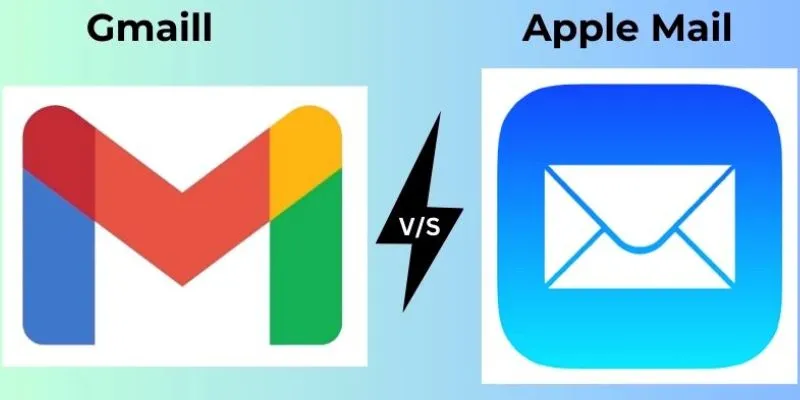
Customization Options
Gmail offers extensive customization, from theme changes to mailbox type selection and Grammarly add-ons. Gmail Labs provides experimental features for tailored user experiences. Apple Mail maintains a minimalistic approach with limited customization, allowing rule creation and layout adjustments. Add-on support is closely tied to Apple systems, offering less user control than Gmail but maintaining simplicity and clarity.
Offline Access
Gmail enables offline email access in Chrome, allowing reading, searching, and composing emails anywhere. Messages are delivered automatically upon reconnecting to the internet. Although setup requires a few steps, it works flawlessly thereafter, making it ideal for travelers or those with inconsistent connections. Apple Mail stores emails on the device, ensuring offline accessibility for viewing and composing emails. Its offline functionality is dependable and seamless, guaranteeing your mailbox is always within reach.
Integration with Other Apps
Gmail integrates seamlessly with Google Docs, Drive, Calendar, and Meet, streamlining workflows within the Google ecosystem. It’s perfect for planning meetings, retrieving documents, and coordinating tasks directly from your email. Apple Mail integrates closely with iOS and macOS apps like Notes, Safari, Calendar, and Contacts. It’s a perfect fit for those deep within the Apple ecosystem, although integration options outside this sphere are limited compared to Gmail.
Spam and Security
Gmail employs AI to detect phishing, spam, and malicious content, filtering threats before they reach your inbox. Two-step verification and confidential mode add layers of security, keeping your emails private and secure. Apple Mail relies on your email provider for spam filtering, with iCloud offering two-factor authentication. While leveraging Apple’s secure architecture, it lacks the advanced anti-spam tools of Gmail but remains safe.
Conclusion
In 2025, choosing between Gmail and Apple Mail depends on your lifestyle and device preferences. Gmail excels in seamless integration with Google services, cross-platform compatibility, and smart features, making it ideal for professionals, students, and Android or Windows users. On the other hand, Apple Mail offers a simple design, strong privacy, and excellent performance on Apple devices, suiting those heavily invested in the Apple ecosystem. Both are excellent choices, but your decision should be based on whether you prioritize advanced features or Apple-native simplicity. Consider your needs to select the email client best suited for your work or personal schedule.
Related Articles
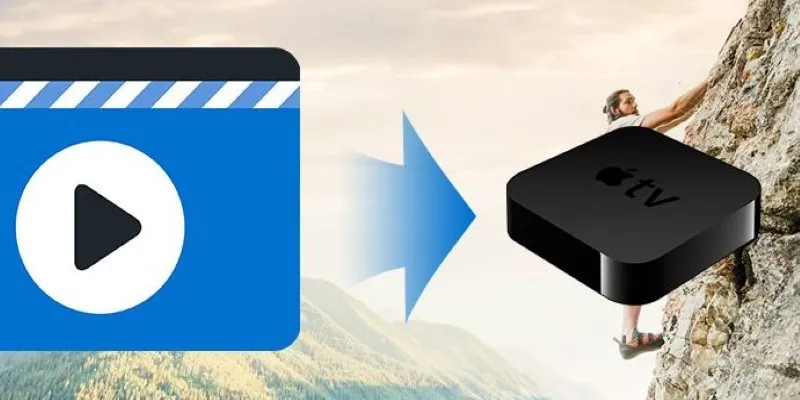
The Easiest Way to Convert Video to Apple TV: Free, Paid, and Online Options
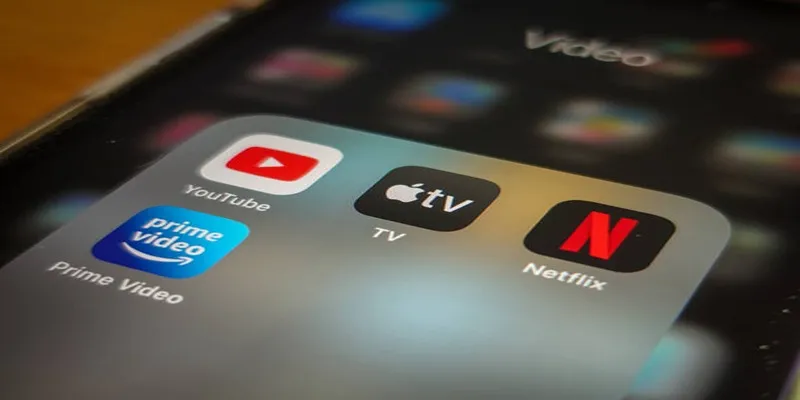
How to Turn On Subtitles on Apple TV Quickly
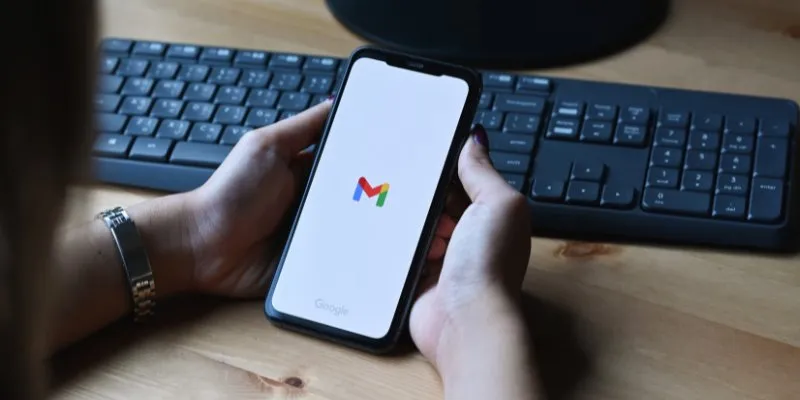
How to Automatically Save Gmail Attachments to a Google Drive Folder: A Complete Guide

Gmail Extensions That'll Turbocharge Your Inbox in 2025
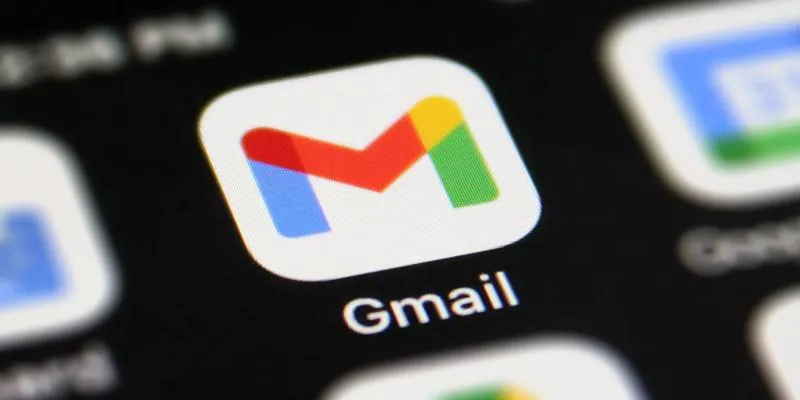
How to Unsend an Email in Gmail Effectively
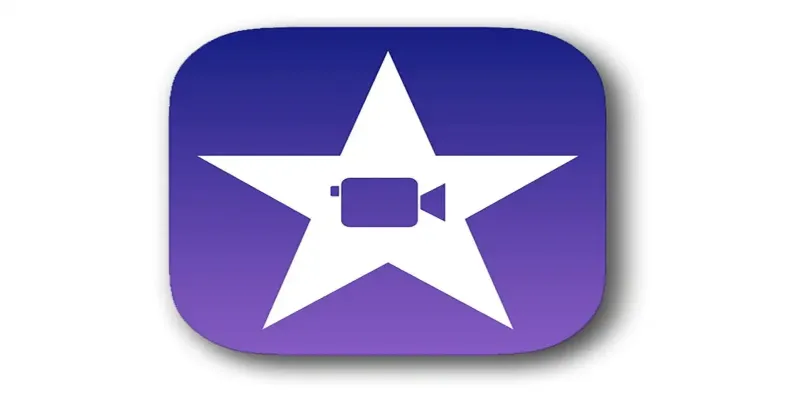
Mastering iMovie: Quick, Clean Video Editing for Every Apple Device
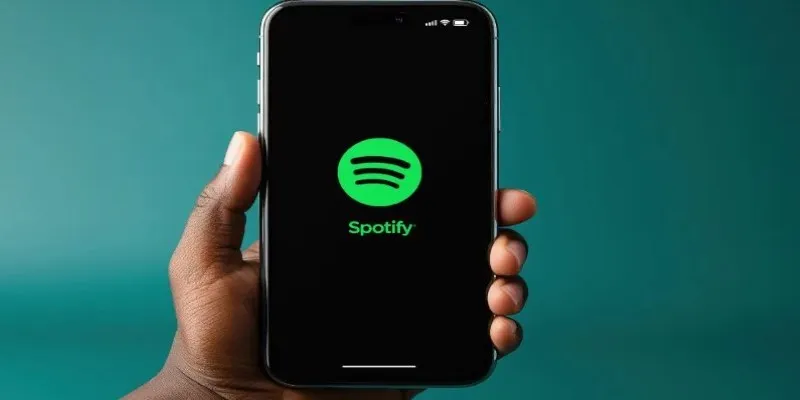
Best Music Streaming Apps Besides Spotify in 2025

How Can You Merge Google Accounts? 3 Easy Ways to Combine Gmail, Calendar, and Contacts
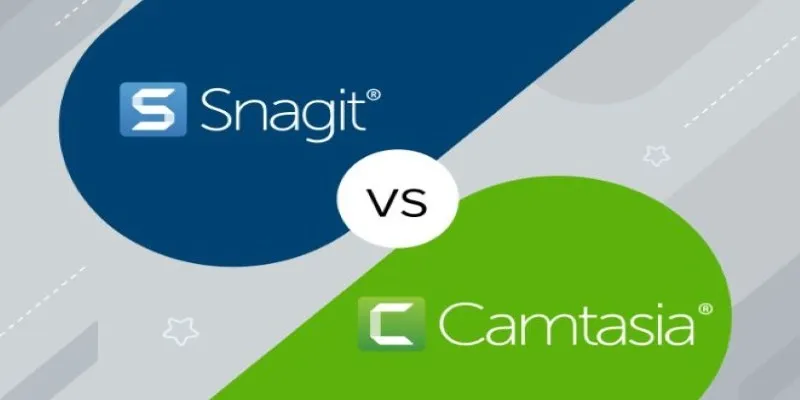
Snagit vs Camtasia: Choosing the Right Tool for Your Screen Capture and Video Editing Needs

Steps to Add Hyperlinks in Gmail

How Can You Automatically Send Emails for New Airtable Records?
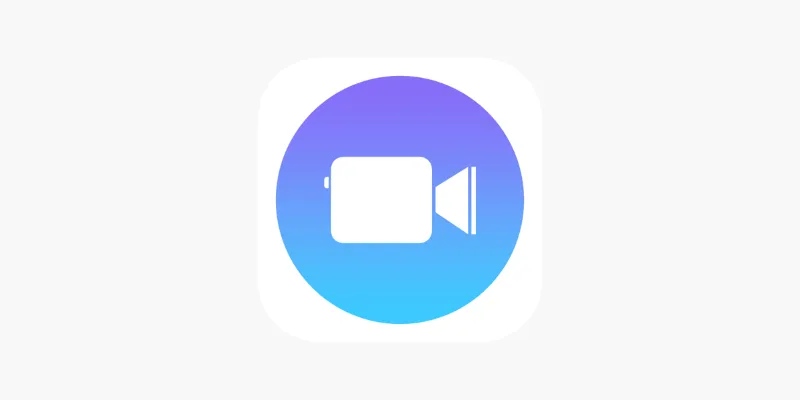
Apple Clips Review: A Simple and Fun Way to Create Expressive Videos
Popular Articles

Streamline Your Workflow: Focus on Project Execution with awork

Best Tools to Record Facebook Messenger Calls on Any Device
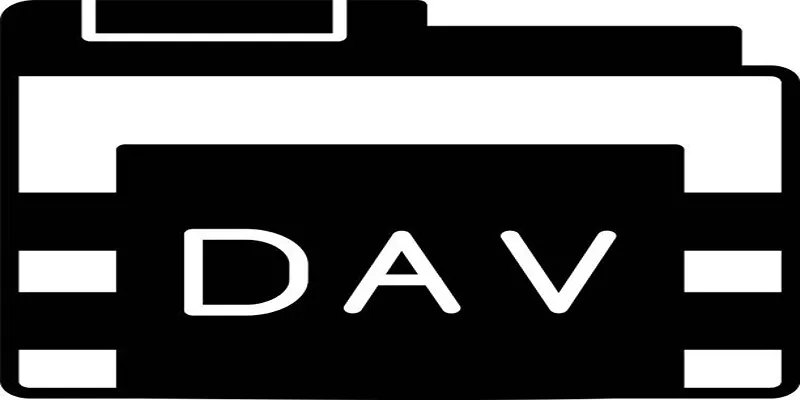
Best DAV File Players to Watch Encrypted Videos on Your PC

How to Fix Blurry Videos Sent to You and Improve Video Clarity

Top 7 Methods for Effortless MP4 to MOV Conversion

Free and Powerful: 8 AI Image Enhancers to Boost Photo Quality

Convert MXF Files Without Quality Loss: 5 Tools for Mac

5 Ways to Automate Your Calendar and Never Miss an Appointment Again
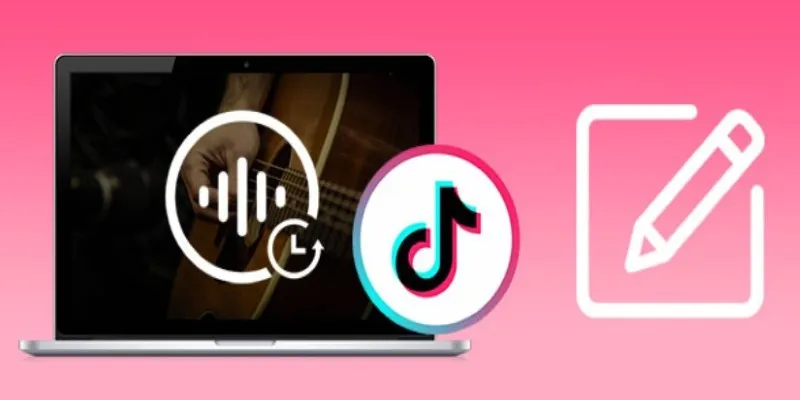
Mastering Sound Editing and Delaying Music on TikTok
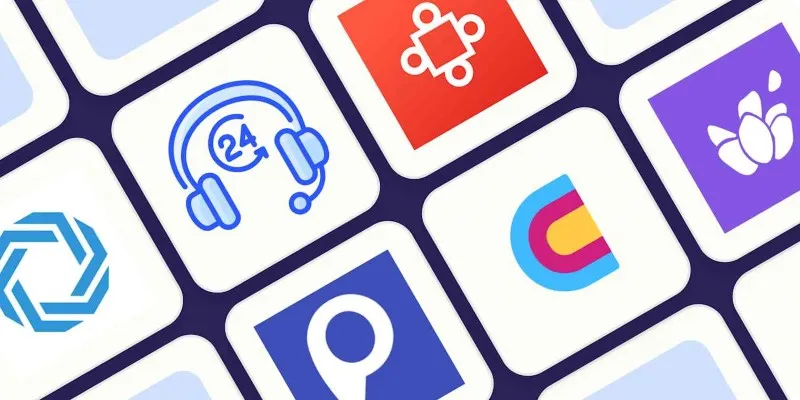
The 8 Best AI Sales Assistant Software in 2025 to Boost Your Pipeline
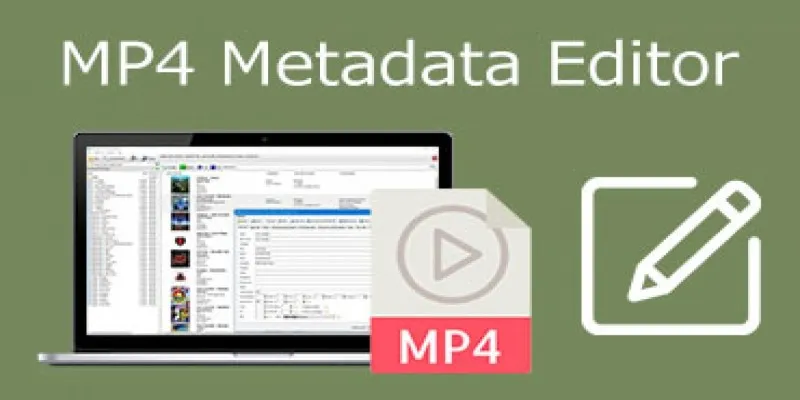
Edit MP4 Metadata Like a Pro: 3 Best Editors You Must Try
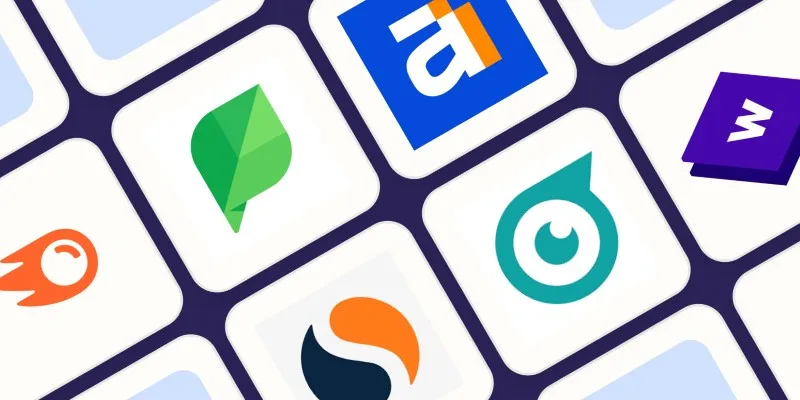
 mww2
mww2